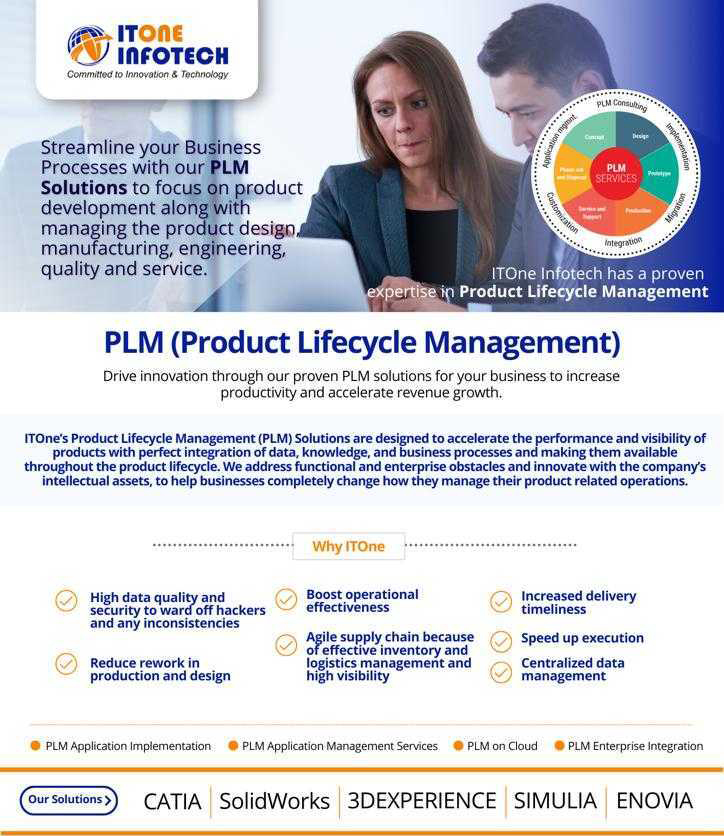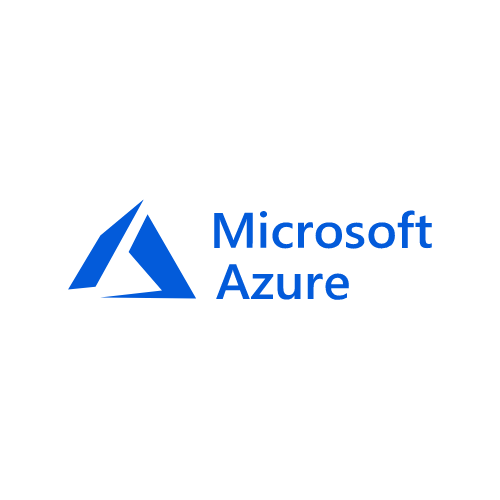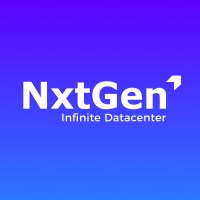Product Lifecycle Management
ITOne’s Product Lifecycle Management (PLM) Solutions are designed to accelerate the performance and visibility of products with perfect integration of data, knowledge, and business processes and making them available throughout the product lifecycle. We address functional and enterprise obstacles and innovate with the company’s intellectual assets, to help businesses completely change how they manage their product related operations.


What you get with Managed Product Lifecycle Management (PLM)
High data quality and security to ward off hackers and any inconsistencies
Agile supply chain because of effective inventory and logistics management and high visibility
Reduce rework in production and design
Centralized data management
Speed up execution
Increased delivery timeliness
Boost operational effectiveness
- High data quality and security to ward off hackers and any inconsistencies
- Agile supply chain because of effective inventory and logistics management and high visibility
- Reduce rework in production and design
- Centralized data management
- Speed up execution
- Increased delivery timeliness
- Boost operational effectiveness
By integrating your business operations with PLM software available today on a single platform, you can unify your product value chain with integrated business planning and supply chain execution to spur faster innovation and enhance how products are created, manufactured, maintained, and serviced.
The ‘design anywhere, manufacture anywhere’ business model is given a much-needed fundamental layer thanks to the PLM software. Additionally, because of its quick interface with ERP systems, businesses may get more use out of PLM platforms.
PLM Application Implementation
Implementation through Gap analysis, a value road map, strategy assessment, and process standardization. By optimizing their product design and development process, clients gain competitive advantage.
PLM Application Management Services
Application Management Services (AMS) combine together all upkeep and support tasks for a certain corporate platform and associated integration environment, taking care of business operations, systems and apps, people, and data.
PLM on Cloud
Cloud PLM reduces the number of IT resources needed and lowers infrastructure costs. Allows adoption of cutting-edge advancements in security, analytics, machine learning, and IoT during each stage of the product lifecycle
PLM Enterprise Integration
Automated updating and transferring data process. The potential for errors is greatly reduced, data accuracy is increased, and this results in a reduction in the need for expensive surplus supplies.
.
.
Amazon Web Services (AWS)
Amazon Web Services (AWS) is a cloud-based platform used for building solutions for businesses using inter-connected web services. It also provides a variety of pre-built services which can benefit businesses to build their custom cloud-based solutions.
Most functionality
Significantly more services, and more features within those services, – from infrastructure technologies like compute, storage, and databases–to emerging technologies such as machine learning, AI, data lakes and analytics, and IoT, etc.
Serverless Cloud Functions
Amazon API and Amazon Gateway help users by running their code and scaling it. The only thing a user has to do is to upload the code with the help of mobile phone.
AWS Marketplace
An online store to immediately buy suitable software with the one-click deployment and launch.
Mobile Friendly Access
AWS Mobile Hub includes a console that helps you to access AWS services which include development, testing, and monitoring of the mobile application
Security and Compliance
Offers maximum data security. Also, AWS features allow customers to scale and innovate. Customers here pay only for the service they use with no upfront expenses.
Databases
Managed databases as per requirement
Google Cloud Platform (GCP)
Scalable pay-as-you-go functions as a service (FaaS) to run your code with zero server management. From computing and storage to data analytics, machine learning, and networking, GCP offers a wide variety of services and APIs that can be integrated with any cloud computing application or project—be it personal or enterprise-grade.
Strong Infrastructure for the Future
Highly secure, user-friendly, cost-effective, global and constantly upgrading
Powerful Data and Analytics
Provides with the most advanced technology, the ‘Big Data’, to search and find answers quicker than ever, and build better products.
End-to-end development and diagnosability
Go from code to deploy, with integrated monitoring. Get full observability and diagnosability for your application with Cloud Trace and Cloud Debugger.
Scales automatically
Serve users from zero to planet-scale without even thinking about any infrastructure. Cloud Functions automatically manages and scales underlying infrastructure with the size of workload.
More Coding, Lesser Configuration
Encourages a proper usage of time by devoting most of the precious cycles to code and lesser in configuring infrastructure. So, no more thinking about reliability, capacity and performance.
Connects and extends services to build complex applications
Cloud Functions lets you treat all Google and third-party cloud services as building blocks. Connect and extend them with code, and rapidly move from concept to production with end-to-end solutions and complex workflows.
Avoid lock-in with open technology
Use open source FaaS (function as a service) framework to run functions across multiple environments and prevent lock-in.
Microsoft Azure Cloud (Azure)
Using deeply-integrated Azure cloud services, enterprises can rapidly build, deploy, and manage simple to complex applications with ease. Azure supports a wide range of programming languages, frameworks, operating systems, databases, and devices, allowing enterprises to leverage tools and technologies they trust.
IaaS and PaaS Capabilities:
IaaS enables enterprises to outsource their infrastructure on Azure and PaaS lets them create their own web apps & solutions.
Security Offerings
Security Development Lifecycle (SDL) is an industry leading security process on which Azure has been designed.
Scalability and Ductility
Applications that run easily, unaffectedly and scale from 10 to 10 million users can be created without any additional coding by using Azure.
Unmatched Hybrid Capabilities
Azure has hybrid capabilities that makes it unique. Azure facilitates easy mobility and a reliable consistent platform between on-premise and public Cloud.
Integrated Environment with Other Microsoft Tools
Use of Azure simplifies operations by using the same virtual on-premise machines like Windows and Linux.
Analytics and Intelligence capabilities
Azure is the only cloud platform that offers Blockchain as a Service (BaaS), Machine Learning, Bots, and Cognitive APIs capabilities.
Easy learning curve
Familiar tools such as Visual Studio, ASP.NET, and programming languages like Visual Basic, C++, C#, etc., are used to develop cloud native applications.
Interoperability
Amalgamated applications can be developed for on-premises applications such as cloud database with Azure.
Identity & Access Management (IAM)
Azure offers secure IAM capabilities with Azure Active Directory service to enable right users to access the right information.
Our prominent tech partners in Cloud


Amazon AWS


Microsoft Azure


NxtGen
Our PLM Tools Expertise


CATIA



SolidWorks



3DEXPERIENCE



SIMULIA



ENOVIA
Our PLM Tools Expertise


CATIA



SolidWorks



3DEXPERIENCE



SIMULIA



3DEXPERIENCE
Industry Focus :
Electronics, Industrial Equipment, Aerospace, Defense, Automotive, Architecture, Engineering
Get a Quote
Witness the power of leading edge technology with our proven, workload optimized best IT solutions & services that are scalable, resilient, and yet cost-effective.
Being associated with our tech partners, we assure to provide well-integrated IT solutions to assist organizations with proactive monitoring of their whole IT infrastructure.
Who We Are
ITOne Infotech headquartered in Pune is an entity of One Group of Companies. We are a one-stop destination for all your ITSM needs, envisioned to rank as a top managed service provider with global footprints.
Supported Industries
Address
Kundan Bhavan, Kundan Nagar, Mumbai-Pune Road, Dapodi, Pune 411012 Maharashtra (IN)




















